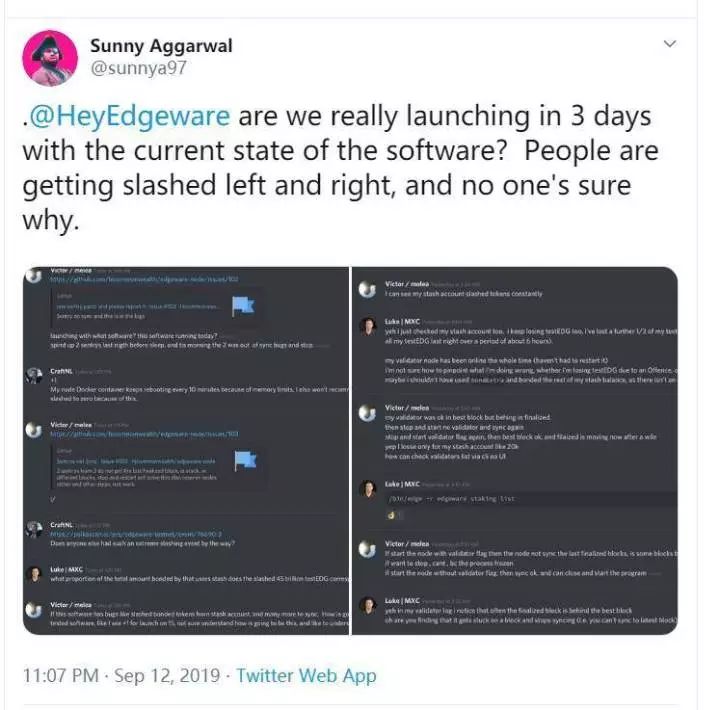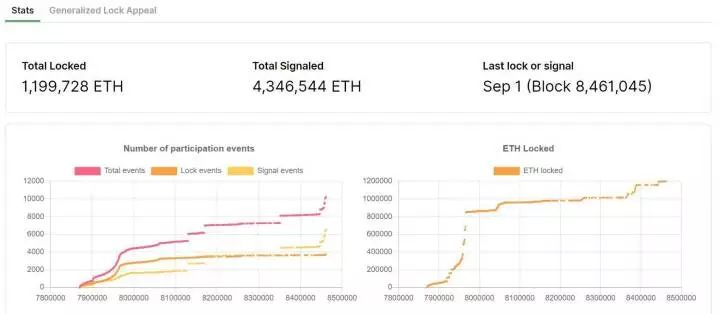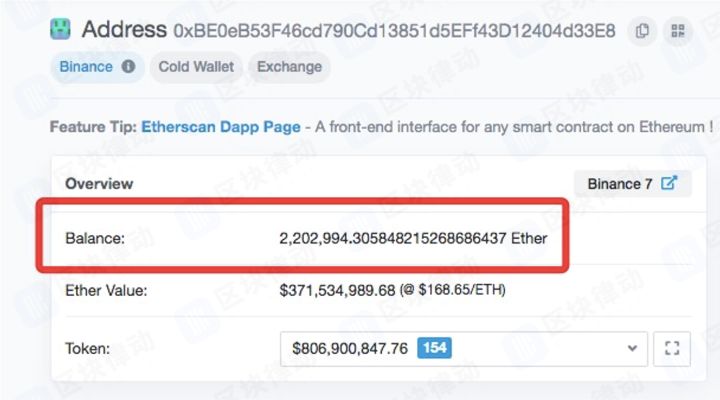Edgeware main network failed to start, the development team did not change the test network BUG?
On September 17th, Edgeware, a well-known project of Polkadot, released an official announcement saying that the team decided to downgrade the main network that was launched two days ago to the test network. Then it will complete the comprehensive chain test and all the problems will be solved. online. In other words, two days after the "main network" went online, Edgeware rushed to announce "failure" and reinvented.
The blockchain project that had gathered the spotlights, after the early glory dissipated, the code security problem began to be exposed. In addition, the recent main network failed to start, suffered a "fork", and began to be drowned by the madness of the sputum, smashing, Edgeware Can you still make a comeback?
The first major online line failed project in 2019
After scooping out more than 20,000 blocks, Edgeware suddenly found that the main online line was not that simple.
- Babbitt column | Some thoughts about governance: always a few people have the final say
- ETH rose 30% in half a month, what is the development of ETC living in its shadow?
- Market Weekly | Equity financing market is booming; XRP mid-week rose by nearly 25%
In the official announcement released on September 17, Edgeware simply attributed the reason for the failure to "there are many problems with the initial configuration of the network," and the problems and consequences have been brought over.
By combing Edgeware's "frontline" and "online", BlockBeats found that although Edgeware attracted a large number of fans in the early days by distributing 90% of its tokens for free, it ignored it. An important thing: preparing some tokens to motivate users to participate in the test network, encouraging users to find out the bugs in the network, and finding errors in the consensus mechanism. If not fully prepared, the main network will be launched, which will lead to highly unstable networks. .


As early as the main online line, some people are skeptical about Edgeware.
Until the eve of September 15th, there are still many people in the community who are worried about whether the main network can be started smoothly. The community is still hotly discussing how the team can solve the slashing, whether it will affect the user-locked Ethereum, token distribution, etc., but In the end, the Edgeware team was still doing its part, and decided to start the main network on schedule on September 15.
The consequences of being alone are obvious.
Since all the warnings from the test network were ignored, a number of untested modifications were used to start the "main network". Therefore, although Edgeware started the "main network" as scheduled, the problems frequently occurred. For example, when the verifier is running the Edgeware network, because the initial network settings are incorrect, the penalty is not reduced to 0, which causes the slash to be punished after going online. In addition, after the token is allocated, the official website data shows that there is a problem. The Edgeware network also disables the transfer function.
In the Edgeware community, everyone complained about such a rough "main net". "There was a node that seemed to be deducted by slash for millions of dollars yesterday. It has been deducted, and the project has not found it yet." "Deducted once, one week has passed. "Is there no one to maintain the network? So many questions", "I feel that the official does not ask", "Working hard to be a node, in exchange for test coins", and some people joked: "I feel that this team is not strong, the test coin is also for you." Slash is off."
The problem is getting worse and worse, and even the team is "can't take it."
Two days after the "main network" went online, on September 17, Edgeware had to issue an announcement, "Reclassify the current network to a test network. After the problem is solved and the chain upgrade is fully tested, it will be restarted."
According to the official announcement, Edgeware will re-release the issue in the near future, "considering" how to recognize technology leaders in the community and is considering opening the bounty program.
There have been code vulnerabilities
In fact, this is not the first problem with Edgeware. As early as July of this year, Edgeware's smart contract has experienced serious loopholes.
On July 1st, the official Edgeware blog post announced that the team found a DoS attack vulnerability in the Lockdrop contract. This is an official attack that has been learned, but it has been fixed.
The safety company analyzed, “Participants perform lock operations to obtain incentives. Upon success, they will generate an independent Lock contract under their own authority. The contract itself is safe (at least we have not found the known potential risks). The interesting thing is that the vulnerability appears at the moment the Lock contract is generated."
According to BlockBeats' analysis at the time, this vulnerability can be easily understood as: the attacker uses the calculation method to obtain the contract address that will be used for the lock-in airdrop in the future, and then sends funds to this address, because Edgeware's main contract is executed. Multiple checks are performed to ensure that the lock operation is completed correctly. Therefore, when the contract address of Lockdrop actually begins to establish a contract for Lockdrop, at this time, since the attacker has previously sent funds to the address, the amount is increased, causing the main contract to fail when checking, so the locker cannot participate in the lock. Cangkong cast.
The good news is that this loophole has not had a real impact.
Recently "being forked"
On September 15th, when the high-profile Edgeware "main network" went online, it suffered a "fork" at the same time. Cosmos and Tendermint researcher Sunny Aggarwal dominated the Zero-Day Fork. The new project after the fork is called Straightedge.

According to Straightedge, it considers Edgeware to be an exciting new project and appreciates the use of Lockdrop to distribute tokens, but it also believes that "the design of Signal in this mechanism will also produce a lot of Fairness and centralization of initial token distribution."
It is understood that Straightedge and Edgeware use the same software to start and have the same function at the same time. The only difference is the way tokens are allocated. To be more fair, Straightedge made the following improvements to token distribution:
According to the official statement, all participants participating in Edgeware Lockdrop can use the same mnemonic and address to receive STR tokens on Straightedge, while Signal clarifiers from non-contract addresses can also get STRs in the Straightedge creation block. Tokens, without waiting for a year of linear unlocking like Edgeware.
Edgeware has been highly anticipated
As Lockdrop's first blockchain project, Edgeware attracted the attention of the currency players as soon as it came out. In addition to the groundbreaking ILO (Initial Lock-up Offering) model, Edgeware became the first support for Polkadot. The contracted project received official support from Polkadot, and there was no such thing as a time.
Due to limited network resources, the number of parallel chains in Polkadot is also limited, and the number of slots in the creation block is even rarer. Only the chain that the Web3 Foundation considers to be strategically important or the chain that has made development commitments is only Opportunity to get the slot for the founding block, the rest of the project can only be obtained through subsequent chain auctions. Edgeware was one of the first projects to acquire slots, and many Polkadot proponents were concerned about this new project.
Edgeware, which has gathered a variety of auras, has been successful in Lockdrop. According to official data, Edgeware has attracted more than 10,000 participants, bringing together nearly 5.5 million ETHs, including 4,346,544 ETHs participating in Signal, 1,199,728 ETHs. Then participated in the lock.

Edgeware not only attracts retail investors, but also attracts exchange players with large-scale Ethereum positions. According to previous block report by BlockBeats, on September 4th, the company announced that it will distribute the obtained EDG tokens to the users of the positions ETH within 2 weeks of the EDG main online line. In this case, Qian'an participated in Edgeware's Signal model, with a total of 2.2 million ETHs and a value of 2.6 billion yuan.

In the bleak cryptocurrency bear market, Edgeware can attract a lot of people to participate, gathering such a huge amount of money can be a miracle. But now, due to the immature and arrogant team technology, before the vulnerability elimination and verification has been completed, the Edgeware of the main network has been rushed, and finally a "failed" ending.
Technology R&D itself is a long and continuous process, and the blockchain project itself is deeply bound to the user's assets. Once the smart contract has a loophole, it will affect the vital interests of each user. Therefore, Edgeware's experience can at least warn. Blockchain project parties, technical security is urgent, every step of research and development needs to be down to earth.
Author: 0x66
Source: block rhythm
We will continue to update Blocking; if you have any questions or suggestions, please contact us!
Was this article helpful?
93 out of 132 found this helpful
Related articles
- The collective behavior of governance on the chain: how is power distributed? Why do we need chain governance?
- QKL123 market analysis | Ethereum is already on the road, when will Bitcoin start again? (0923)
- Forget about NVT and currency exchange equations, this has a new model for crypto asset valuation.
- Is traditional bank and DeFi isolated from each other? No, Linen allows non-encrypted users to borrow on encrypted assets.
- Zhu Min: Libra may bring 4 kinds of subversion, 7 opportunities
- Starting to sell 8 bitcoins in 2 hours, is Bakkt’s bull market myth gone?
- Bakkt officially launched, taking stock of the advantages of Bakkt, why is the bull market still not coming?






